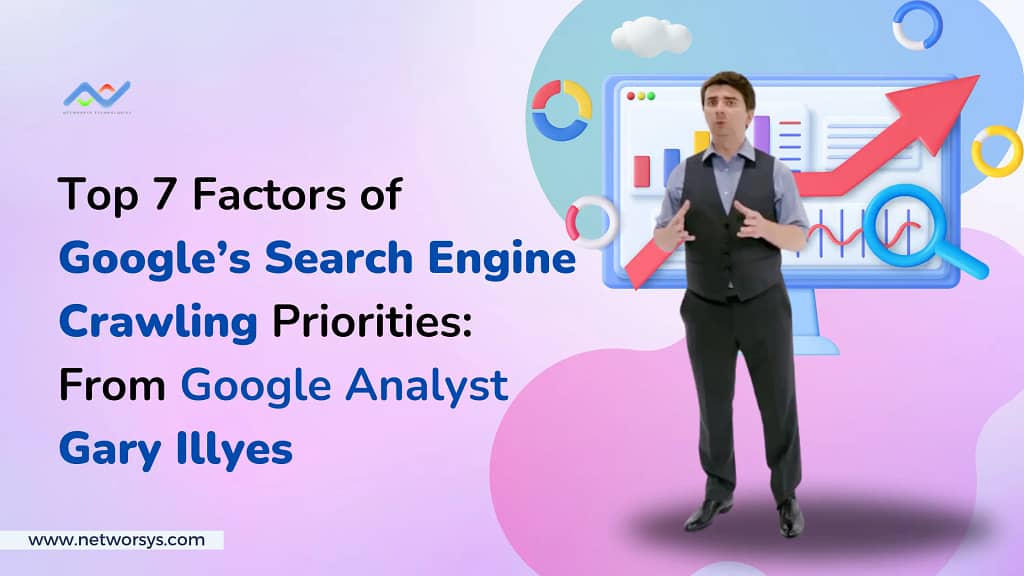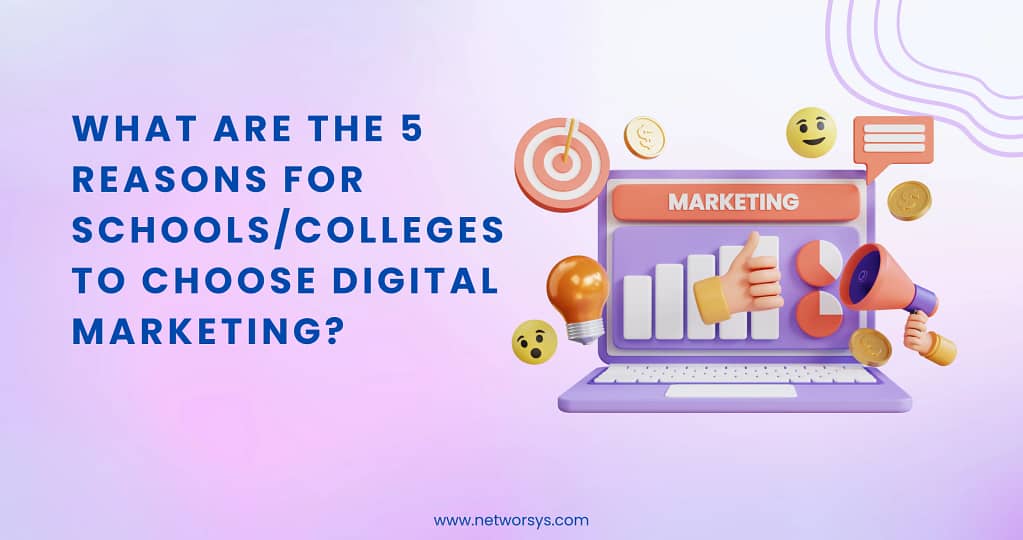Have you ever wondered how Google’s search engine finds websites? It all comes down to search engine crawling. Crawling means search engines scan web pages. It’s like a librarian sorting books. Each web page is a book, and the crawler is the librarian. The crawler categorizes and catalogues pages for easy searching.
In the online world, billions of websites fight for attention. Google’s search engine crawler helps decide which sites get noticed. Crawling is a vital part of SEO (Search Engine Optimization). SEO is making websites easy to find in searches.
Crawling plays a crucial role in SEO. It initiates the process of appearing on search results. When a site isn’t crawled, it can’t be indexed by Google. This makes it unseen for people searching online. Picture a unique bookstore hidden away with no signs showing directions – similar to an uncrawled website.
Just as a skilled chef blends ingredients to make a tasty dish, going through Google’s crawling priorities demands a mix of technical skill, creativity and strategic planning.
Just like a chef carefully selects each component to achieve a particular flavour, optimizing for Google’s search engine involves a thoughtful approach that combines technical expertise and innovative thinking.
How Search Engines Crawler Work
Step 1: Search Engine Crawling
Spiders investigate the Web. They’re programs that scan for fresh webpages. Visualize librarians hunting books with flashlights. They scour for new additions to the search engine’s index (its library). Crawlers don’t begin blindly. They possess a list of known URLs – major sites or previous finds. These serve as their starting sections, familiar parts of the library.
Visiting those URLs, crawlers seek hyperlinks – trails guiding them to undiscovered “books” (pages). The links act like calls from shelf to shelf. Search engines use web crawlers, automated robots exploring the internet. They find websites that have external connections, like other sites’ URLs. The bots record those URLs to visit later — similar to librarians seeing books’ titles and jotting them down to review the contents next.
Step 2: Indexing, the act of grasping the Books.
A web page’s discovery is just Step 1. The crawlers don’t simply add it. Instead, they strive to grasp what it’s about – comprehending text, titles, and headings like librarians summarizing books. Details about the page, URL included, get stored in a massive database – the index. Akin to library catalogues, each “card” represents a website with a concise description.
How do search engine crawlers find new content?
- Websites, completely new: New sites and web pages appear constantly, and crawlers scour the internet, locating fresh links to add. Keeping lists updated is key.
- Updated sites: Though existing, sites sometimes modify their content too. Therefore, crawlers revisit known URLs routinely, checking if any “books” (updated material) rest on those virtual shelves.
Why Search Engine Crawl Priorities Matter
Google confronts an immense challenge – indexing the internet’s limitless expanse. To optimize efficiency, it focuses crawling efforts on sites exhibiting indicators of rich, frequently refreshed content. Higher crawl priority expedites the discovery process for new material, potentially boosting search rankings. Crawl priorities govern the pace at which Google ingests web pages. Recognizing valuable traits streamlines this undertaking, swiftly surfacing sites with fresh, insightful information.
Factors Influencing Crawl Priority
Google considers certain key factors when deciding how often to crawl websites-
Website Freshness is crucial: Sites frequently updated with new content are prioritized. Frequent updates signal relevance and dynamism. Sites with active blogs posting regularly, news websites covering current events, and e-commerce sites updating products/pricing are crawled more often.
Simply put, sites with active blogs publishing new content consistently tend to be crawled more frequently.
- News sites are prioritized highly, as Google aims to maintain an up-to-date index reflecting the latest happenings.
- Websites that offer online shopping and make changes to products or prices often might experience more regular crawling. Frequent updates like these can mean search engines return to scan the site again sooner. Although product and pricing content gets updated differently. For example, Google may crawl content with big changes more often than small edits. Also, unique and remarkable content gets crawled first.
- Websites optimized for mobile devices are crawled more frequently by Google. Mobile search is very popular, so Google wants users to have awesome experiences on any device they use for searching online. Responsive websites with mobile-friendly designs get prioritized crawling.
- Backlinks link other sites to yours. It says your content’s good. Good backlinks from popular sites tell Google your site’s trustworthy. Trustworthy sites may get crawled sooner.
- Fast websites load quickly, giving users a nice experience. Quicker sites might be crawled more often. Make images smaller, simplify code and use a CDN. It speeds things up.
- User engagement is essential for Google. They may look at metrics like time on site, bounce rate, and click-through rate to evaluate content quality and user interest. Positive engagement could mean the content is valuable and deserves higher priority in crawling.
- The age and reputation of a website also matter. Well-established sites with a strong track record tend to be crawled more often, as Google trusts them to consistently provide valuable information.
- While Google hasn’t officially confirmed it, some SEO experts believe they allot a “crawl budget” for each website. This budget determines how many pages Google will try to crawl during a visit. Website size and how efficiently it can be crawled can impact this budget. Optimizing your website structure to make it easy to crawl can maximize the budget used for your valuable content.
Additional Considerations-
Submitting a sitemap to Google Search Console can indirectly benefit your website’s visibility. It provides Google with a comprehensive list of your web pages, which can improve their crawling efficiency.
Additionally, implementing structured data markup on your content can give Google more detailed information about your pages, potentially influencing how they prioritize crawling and indexing your website.
Resources-
Google Search Central Documentation: Google offers official documentation on crawling and indexing at https://support.google.com/webmasters/answer/9679690?hl=en.
Webmaster Guidelines: Google’s Webmaster Guidelines (https://developers.google.com/search/docs/essentials) outline the best website structure and content practices, which indirectly influence crawl priority.
Industry Blogs and Studies: Many SEO specialists regularly analyze crawl data and share their insights. These analyses can offer valuable insights into Google’s crawling behaviour.
Advanced Techniques to Influence Crawl Priority
While the details of Google’s crawl priority algorithm may remain elusive, we can apply proven strategies and best practices to encourage search engines to prioritize crawling your most essential pages. Drawing from LinkedIn’s advice and considering Google Search Console (GSC), here are some helpful pointers:
Content Freshness Signals-
Regular Content Updates: Consistently publish high-quality, relevant content on your key pages. This shows value and keeps Google coming back for more.
Content Decay and Refresh- Identify important pages that need updating. Refresh them with new information, data, or examples to signal freshness.
Strategic Use of Internal Linking-
Link to your most vital pages from other frequently crawled pages on your website. This creates a clear path for Google to discover your priorities.Distribute backlinks strategically within your site. Pages with higher authority, based on backlinks and content quality, pass on more “link juice” to connected pages. Link to your most essential pages from these high-authority pages on your website.
Technical SEO for Smooth Crawling-
Ensure Your Pages Load Quickly: Use tools like Google PageSpeed Insights to identify and fix any speed issues on your priority pages. This will help them load faster for visitors.
Optimize for Mobile: Make sure your priority pages are mobile-friendly. Google favours websites with an excellent mobile experience, which can impact how often your pages are crawled. Use Google’s Mobile-Friendly Test to check.
Add Structured Data: Implement structured data markup on your priority pages. This provides Google with more detailed information about your content, which can influence how often your pages are crawled. Google Search Console offers tools to help you add structured data correctly.
Leveraging Google Search Console (GSC)-
Submitting a sitemap- Send an XML sitemap to Google Search Console (GSC). This gives Google a clear list of your website’s pages, including the most important ones. Keeping your sitemap up-to-date ensures Google doesn’t miss any key content.
Optimizing robots.txt: While not directly affecting crawl priority, a well-optimized robots.txt file prevents Google from crawling unimportant pages, allowing it to focus on your priorities. GSC can help you identify any crawl errors related to robots.txt.
Google Analyst Gary Illyes on Google Search Engine Crawling Priority
Google analyst Gary Illyes discusses the factors Google considers when evaluating websites. First, Google looks at how recent the content is. It prefers to see new material added regularly, much like people prefer fresh fruit over old fruit. Additionally, Google checks how quickly the website loads. Similar to the frustration of waiting for a slow elevator, Google favours websites that load swiftly.
Next, Google checks if the website works well on mobile devices like phones and tablets. This is important because many people now use these devices to access the internet. Google also prefers websites that use secure connections, known as HTTPS. This helps ensure the internet connection is protected from prying eyes.
Another way Google evaluates websites is by checking if other respected sites link back to yours. It’s like getting recommendations from well-known figures. Google also wants websites to be user-friendly. That means they should be easy to navigate and have engaging content for visitors to read or view.
Lastly, Google examines the words used on a website to see if they align with what people are searching for. It’s like ensuring the book titles in a library match what people are looking for. To make your website appealing to Google, regularly update it, ensure it loads quickly, works well on mobile devices, uses HTTPS, gets linked to other reputable sites, is user-friendly, and contains relevant words that match what people are searching for.
Google looks at many things when ranking websites. New content is good. Fast sites are better. Mobile-friendliness matters too. Security, using HTTPS, helps. Strong backlinks from other websites give a boost. Good user experience is key. Using keywords people search for is brilliant. By improving all these areas, your site can get higher rankings in Google search results.
CONCLUSION-
- Consistently update your website with valuable, relevant content.
- Identify key pages that need freshening up and add new information.
- Link to your most critical pages from other frequently accessed areas on your site.
- Confirm your pages load promptly and optimize for mobile devices.
- Apply structured data tags to your top priority pages.
- Submit an XML sitemap to Google Search Console. Utilize a well-optimized robots.txt file.




Pingback: Top Factors of Google’s Search Engine Crawling Priorities: From Google Analyst Gary Illyes – Just another WordPress site